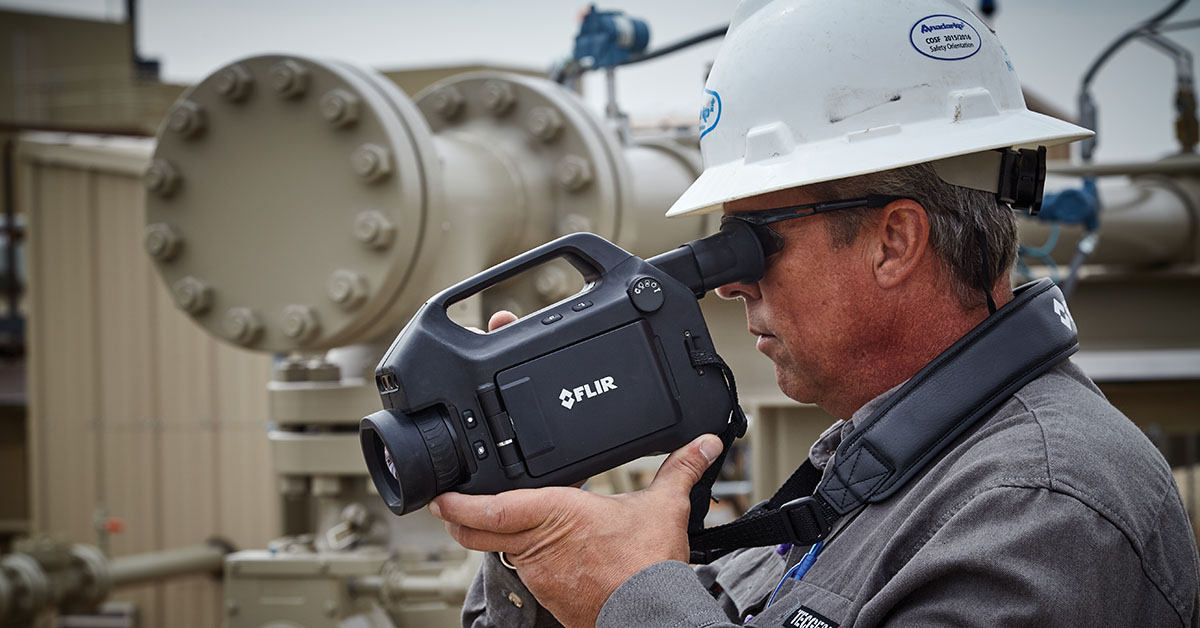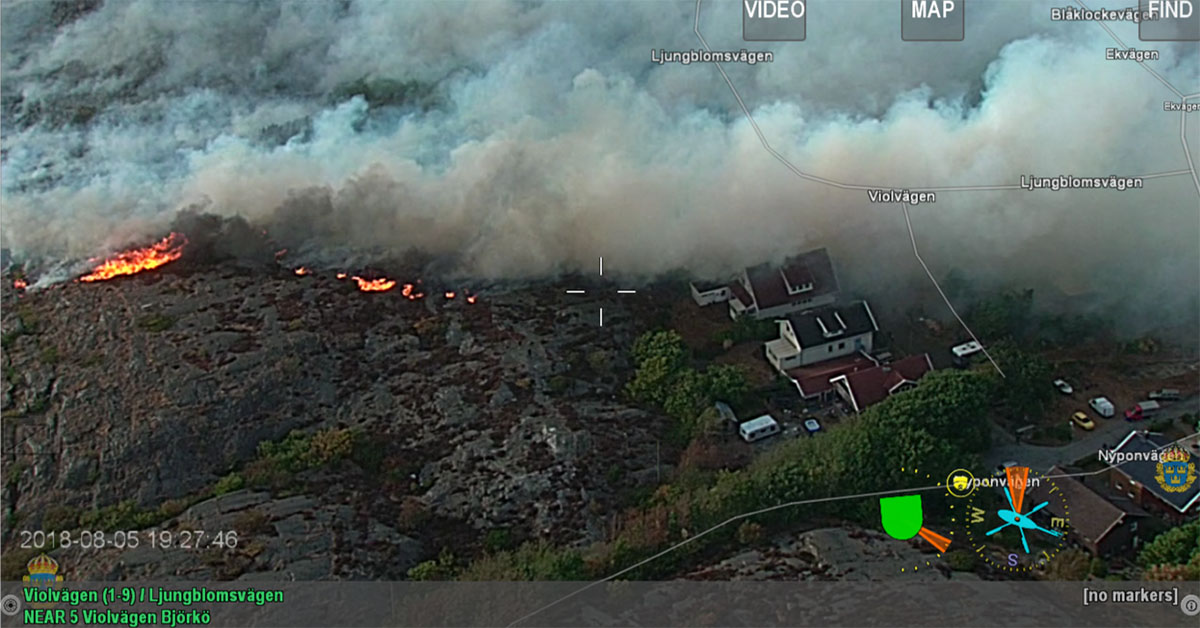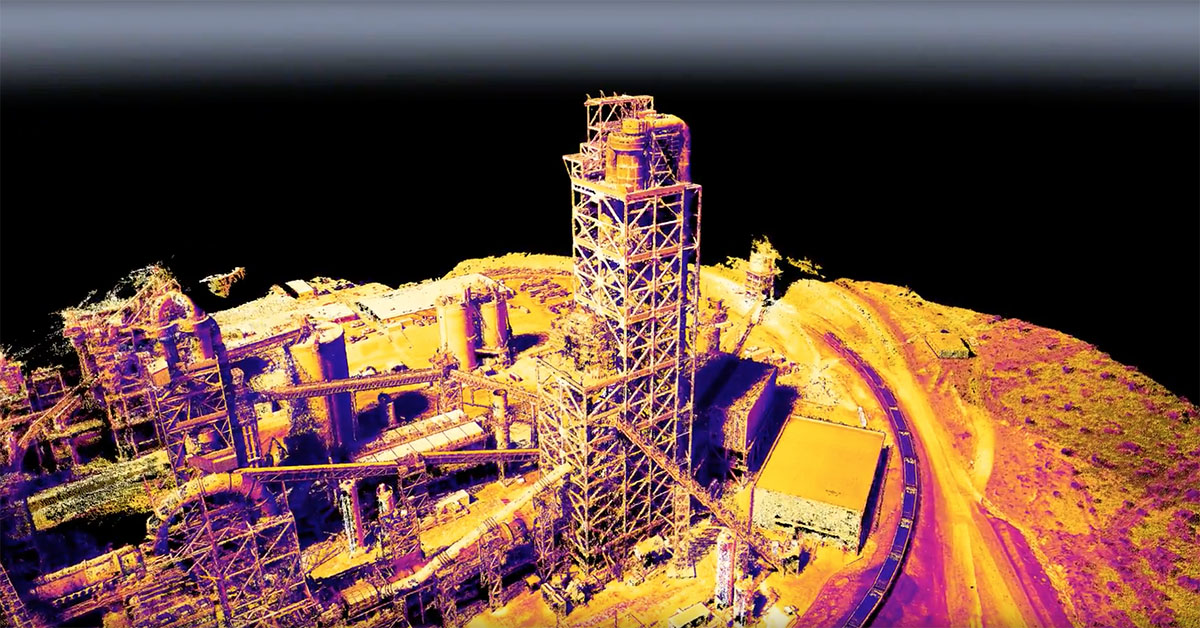Local Heroes: Firefighters use FLIR Camera to Rescue Victim from Burning Home
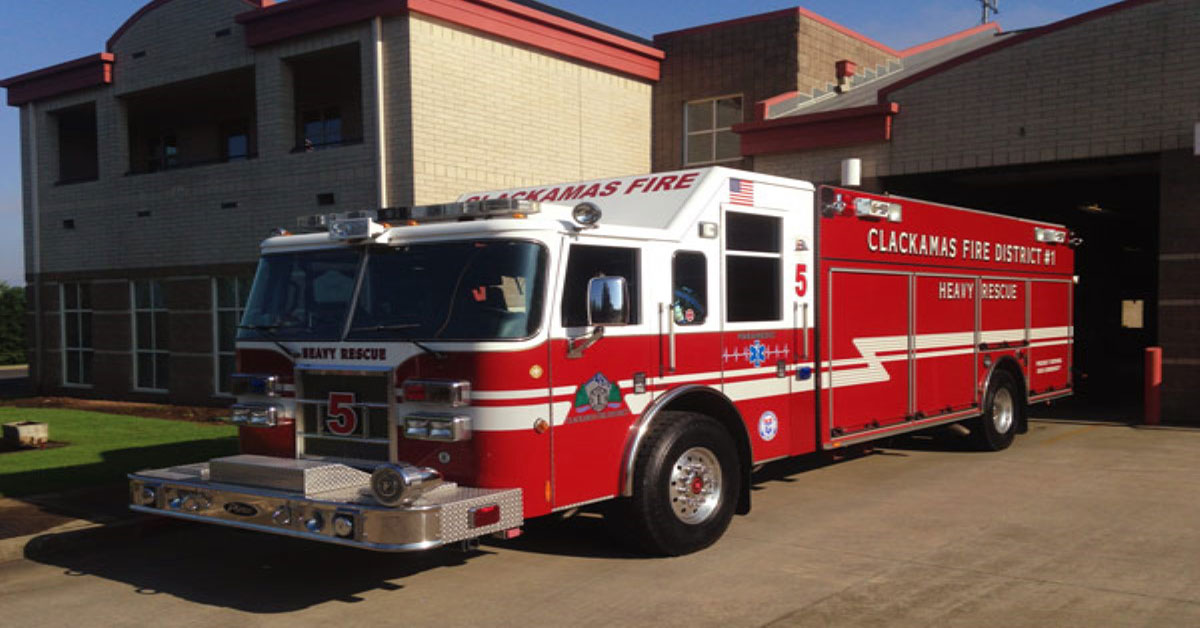
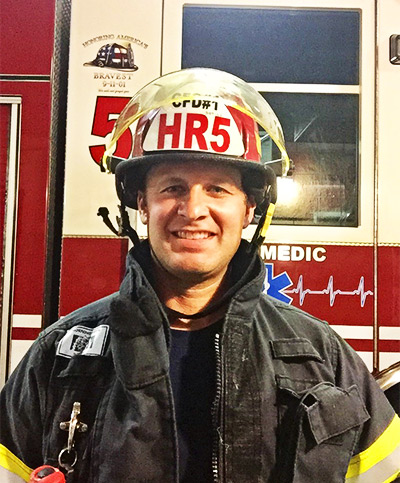 Every month, we recognize a heroic act by the customers who use FLIR’s technology. This month we highlight a story close to FLIR’s corporate headquarter featuring Clackamas Fire District #1 in Oregon. This is the courageous story of how FLIR’s K45 Thermal Imaging Camera (TIC) aided in the search and rescue of a victim from a fully enflamed house in September.
Every month, we recognize a heroic act by the customers who use FLIR’s technology. This month we highlight a story close to FLIR’s corporate headquarter featuring Clackamas Fire District #1 in Oregon. This is the courageous story of how FLIR’s K45 Thermal Imaging Camera (TIC) aided in the search and rescue of a victim from a fully enflamed house in September.
We interviewed Captain Kyle Olson, 15-year veteran of Clackamas Fire District #1 to tell us about the call.
Q: Describe the scene of the fire when you arrived.
Captain Olson: We received a call at 4:00AM as a working fire with a possible victim inside. The crew from Engine 1 here in Clackamas arrived first on the scene. They provided details over the radio to my crew, Heavy Rescue 5, so we knew what to expect when we arrived. As we pulled up, there were flames coming out of three of the four sides of the home, so we were mentally ready to go to work. Captain Karl Koenig of Engine 1 gave us command orders to go into ‘rescue mode’, there was a victim inside. My crew members geared up, grabbed our handheld TICs, and we were ready to enter the home.
Q: Describe the scene when you went into the home to search. How was the TIC vital in the search?
Captain Olson: Engine 1 was in fire attack mode, using two hose lines on the house to extinguish the fire and ensure the home was safe for us to enter. As my four-man crew entered the home, the heat was intense and the visibility was extremely low due to the heavy smoke. With each person equipped with a TIC, we split into two groups of two, scanning each room with the TIC as we entered. As I entered the third room with my firefighter, Scott Kohler, I immediately saw a heat signature on my TIC, a FLIR K45, that stood out from its surroundings. The figure was on the floor and looked distorted – not humanlike - but I was able to clearly identify the foot on the screen of my TIC and immediately went into rescue mode, calling out to my crew “I found him” through my self-contained breathing apparatus (SCBA) mask. Firefighter Scott Kohler and I carefully carried the victim out of the home, maneuvering over tons of debris from a fallen ceiling, a broken doorway, and burned furniture.
Once we had the victim safely out of the house, paramedics provided proper care as he was in poor shape. A neighbor immediately approached us saying there was another victim in the backside of the home. My crew quickly re-entered the home, which was still filled with heavy smoke. TIC’s in hand, we split back into our two groups, cleared the remaining rooms and confirmed the primary search was complete and there were no more people in the house.
Q: How did the TIC play a role in your operations that day?
Captain Olson: Our visibility was close to zero, so our TICs were an extension of our eyes on that call. Because of that technology, I was able to quickly and effectively identify the difference between an object and a person. The FLIR K45 also allowed me to keep track of my crew, making sure they all got out of the house safely. Personally, I’ve been in situations where visibility was little to none and I didn’t have a TIC. I quickly became disoriented in my location and on the exit route. Thankfully, I’ve always been able to find my way out and that is why I feel it’s so important to equip every firefighter with the best training, tools and technology to effectively and safely do their job – a TIC being part of that.
Q: If you wouldn’t have had the TIC, what other method would you have used to search the home and for the victim?
Captain Olson: The traditional search and rescue operations, when TIC’s aren’t available, is to walk the perimeter of the room while keeping one had on the wall and the other towards the center of the room. Firefighters blindly feel around, mentally identifying the difference between objects and people. While that protocol is effective, it significantly increases response time which can lead to a matter of life or death. That is why I strongly feel the benefits of having TIC’s for every firefighter greatly increases their chance of making a grab, safely finding the exit point and ensure all their fellow firefighters have effectively cleared the call.
FLIR thanks Captain Olson and the Clackamas Fire District #1 and all of our first responders who continuously put their lives on the line to ensure the safety of others.
Heavy Rescue 5 crew members on the rescue: Captain Kyle Oslon, Apparatus Operator Andrew Brian, Firefighter Adam Ofsted, and Firefighter Scott Kohler
